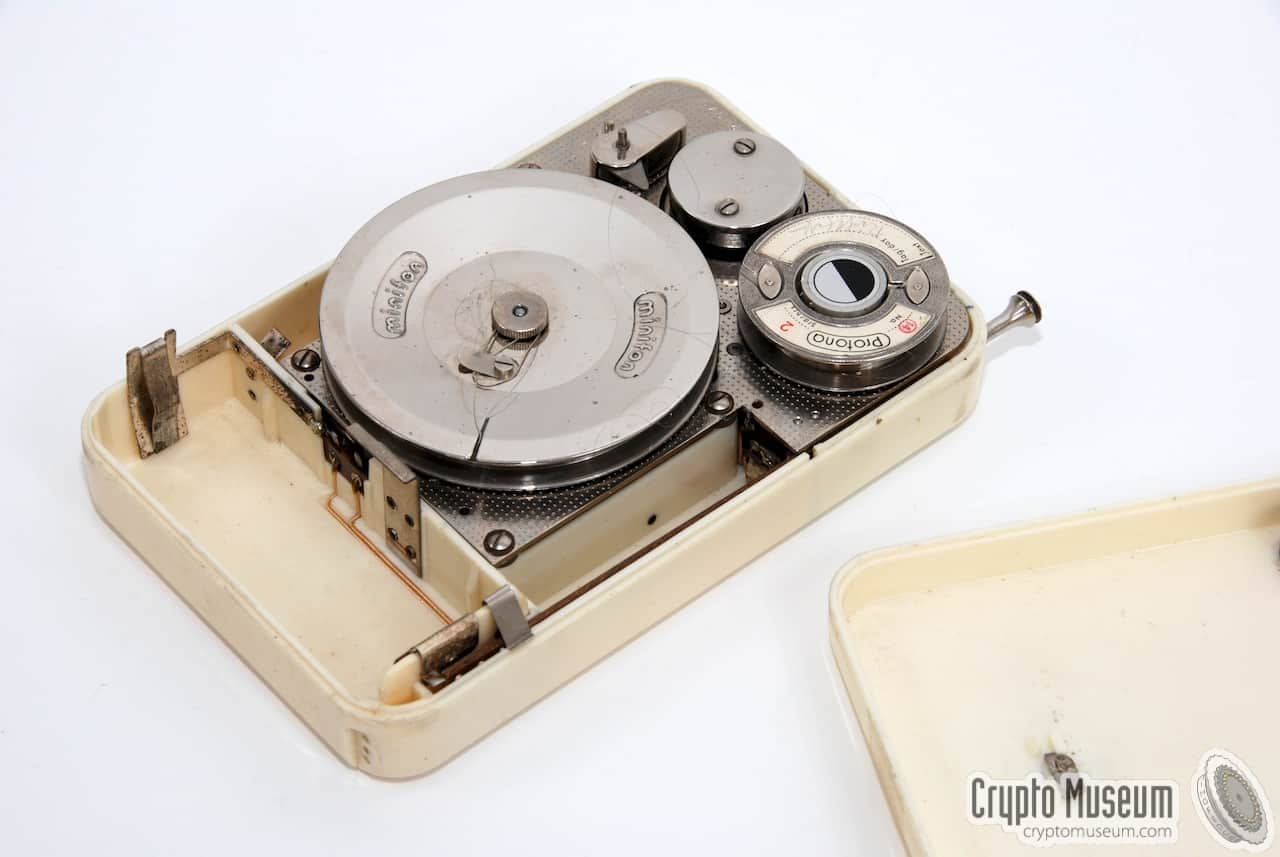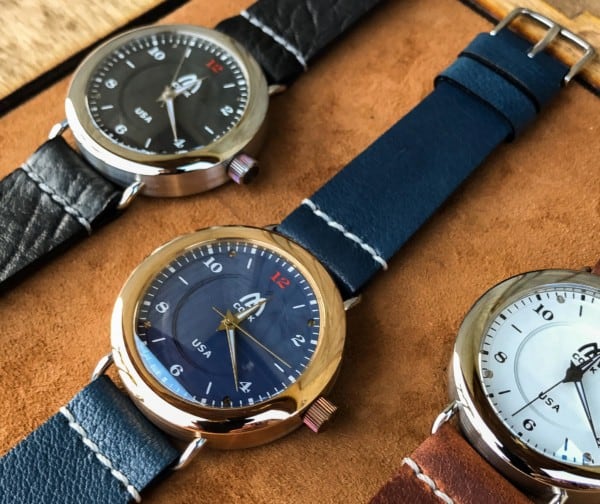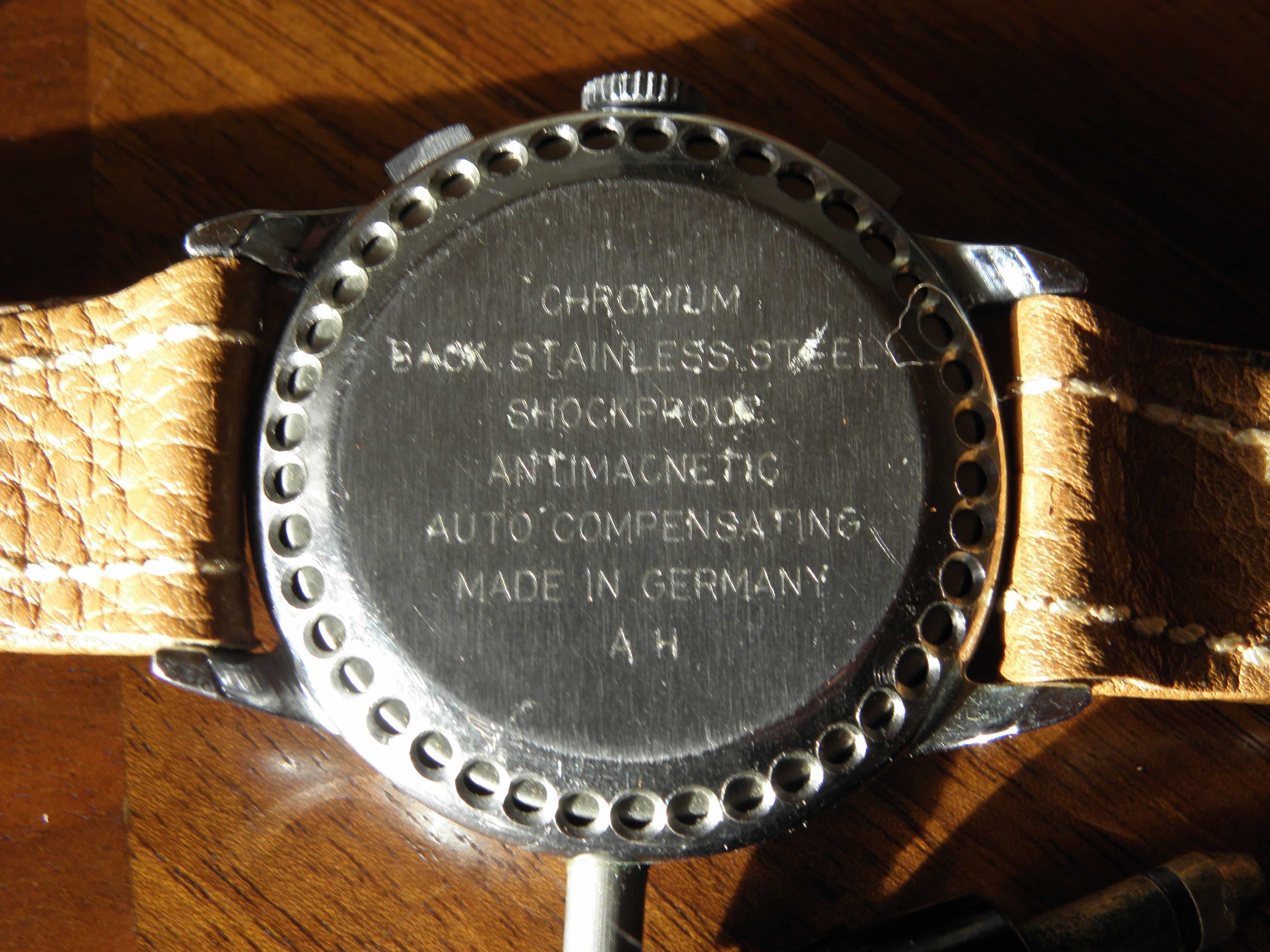On the night of July 15, 1977, CIA agent Martha Peterson walked along Krasnoluzhskiy Bridge over the Moscow River. She had spent the last four hours on a surveillance detection run: walking, riding a bicycle, taking buses and taxis in circles–evading any KGB surveillance teams. Night fell. It was half past ten. She approached one of the bridge’s stone towers. She was focused and confident; in the past 18 months she had done this a dozen times, all without a hitch, and on this night she had no reason to think anything would go wrong.
Peterson reached inside a crevice in the stone tower and placed what looked like a piece of asphalt inside. The sizeable chunk of rock was hollow and sealed with screws; inside was some cash, film, and an encrypted note addressed to one TRIGON, a man who was vital to the CIA’s spycraft operations. A young Russian who Peterson had never met.
TRIGON was Aleksandr Ogorodnik, a Russian diplomat originally stationed in Bogota, Colombia, but was now ensconced within the Soviet Foreign Ministry. Now, he had unprecedented contact to diplomatic papers, especially those concerning Soviet policy in Latin America. He photographed these and sent them to the CIA via a series of “dead drops,” messages hidden in anything from rocks to hollow bricks to the empty cavities of dead rats.
Lately, however, TRIGON felt compromised. Moscow was a ruthless place to be, after all. He had missed the last dead drop two weeks earlier. Peterson was tasked with picking these up and leaving further messages to him from the CIA. “We were only passing in the night,” she said.









 Featured Videos
Featured Videos












